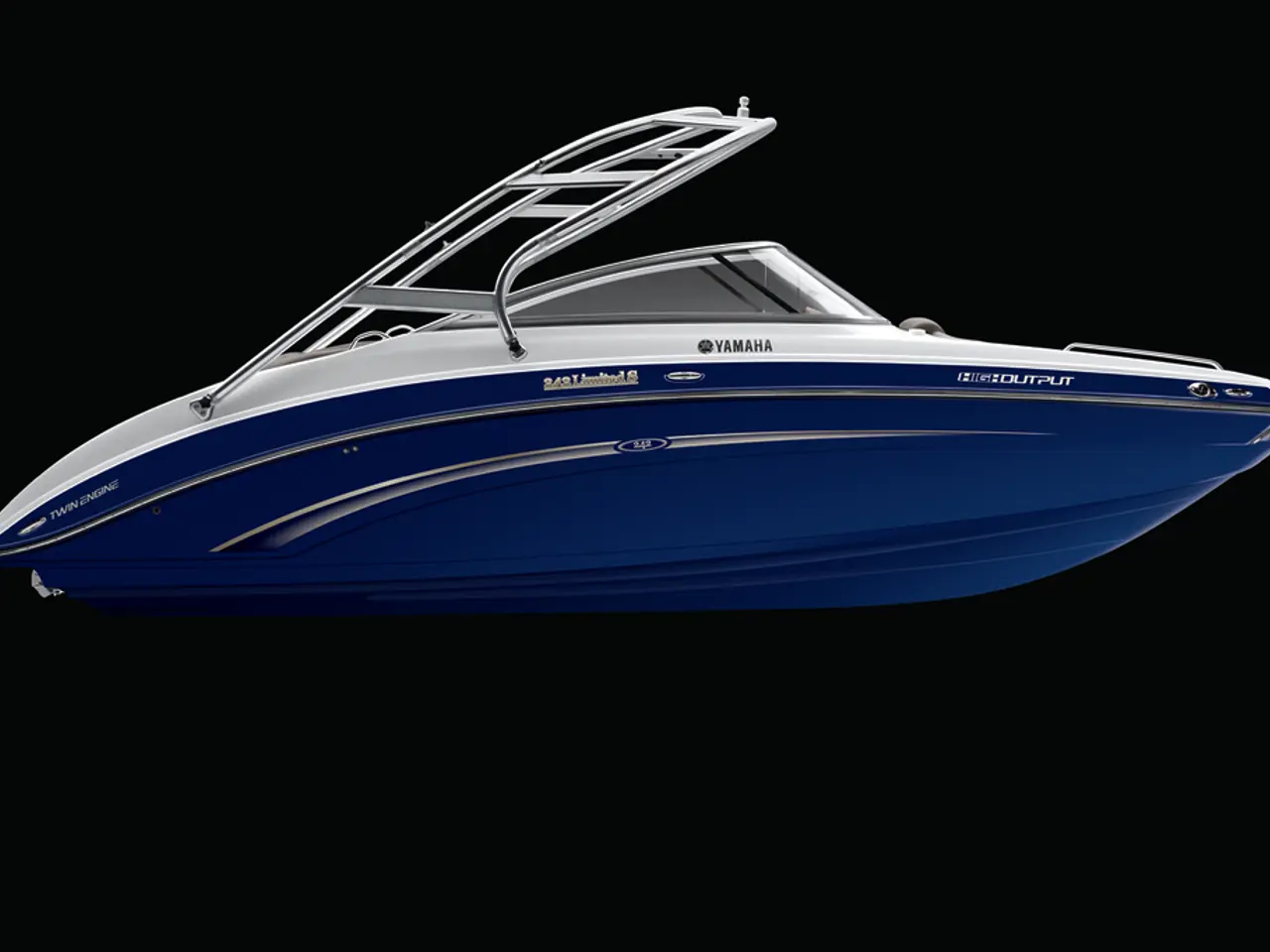Crafting Immersive Metaverse Interactions
In the rapidly evolving world of Virtual Reality (VR), a user-centric approach is becoming the cornerstone of Metaverse development. This methodology emphasizes a deep focus on users throughout the entire design and development process to create intuitive, engaging, and meaningful virtual environments.
The key principles of user-centric design in Metaverse VR experiences can be summarized as follows:
1. Early and Continuous User Involvement: Engaging users from the start of the project and throughout its lifecycle is essential. This can be achieved through interviews, surveys, and contextual inquiry, ensuring the product evolves based on real user needs rather than assumptions.
2. Empirical Measurement and Data-Driven Design: Designs must be tested with actual users to gather quantitative and qualitative data on performance, satisfaction, and usability challenges. Decisions are driven by evidence rather than guesswork.
3. Iterative Design Process: Development is cyclical—designing, prototyping, testing, and then refining repeatedly. This iterative loop helps achieve increasingly refined and user-friendly VR experiences.
4. Holistic and Systematic Approach: The design must consider the entire user experience, including all interactions, contexts, and touchpoints inside the Metaverse, not just isolated features. This comprehensive perspective enhances immersion and usability.
5. Cross-Functional Collaboration: Effective Metaverse development requires collaboration among designers, developers, product managers, marketers, and users to incorporate diverse perspectives and expertise that improve the final product.
6. Clear Understanding of Users, Tasks, and Environments: Designers need a precise definition of who the users are, what they need to accomplish, and the specific VR contexts or environments in which they will operate. This clarity helps tailor user interfaces and interactions to fit real-world VR usage scenarios.
In addition, VR-specific considerations include:
- User Interface (UI) Placement in 3D Space: Intuitive UI placement that respects spatial cognition to avoid disorientation and enhances navigation in 3D environments. - Spatial Audio and Haptic Feedback: These sensory inputs deepen presence and engagement by providing realistic soundscapes and tactile responses, reducing cognitive fatigue and increasing immersion. - Avatar Customization and Embodiment: Allowing users to personalize avatars promotes identity and emotional connection within the Metaverse, influencing self-perception and performance in virtual settings. - Ergonomics and Hardware Compatibility: Design must account for VR headset comfort, processing power, and ergonomics to support extended sessions without discomfort. - Environmental Adaptability: Virtual spaces should be adaptable in real time to suit various activities, meeting types, or cultural preferences while keeping user experience consistent.
Moreover, strategies such as Gamification, Prototyping, and Personalization can further enhance user engagement by adding elements of competition or reward, testing usability and functionality, and tailoring content, experiences, and interactions to each user's interests and preferences, respectively.
By embedding user insights and feedback continually through iterative, collaborative processes and leveraging VR-specific sensory, ergonomic, and environmental design principles, developers can create immersive, intuitive, and accessible virtual experiences.
All these principles, iterative design, user interviews, data-driven design, holistic approach, cross-functional collaboration, and clear understanding of users, tasks, and environments, are essential in incorporating real user needs when developing technology-driven gadgets such as VR devices for the Metaverse. Furthermore, VR-specific gadgets should consider UI placement in 3D space, spatial audio and haptic feedback, avatar customization, ergonomics and hardware compatibility, and environmental adaptability, to enhance user immersion and engagement.




